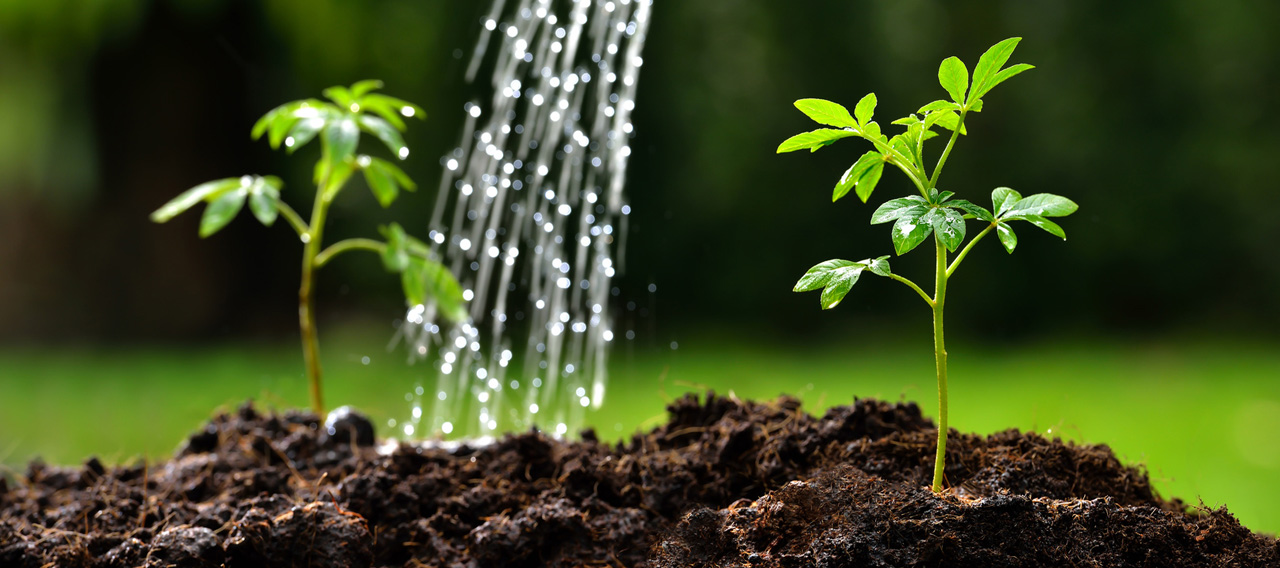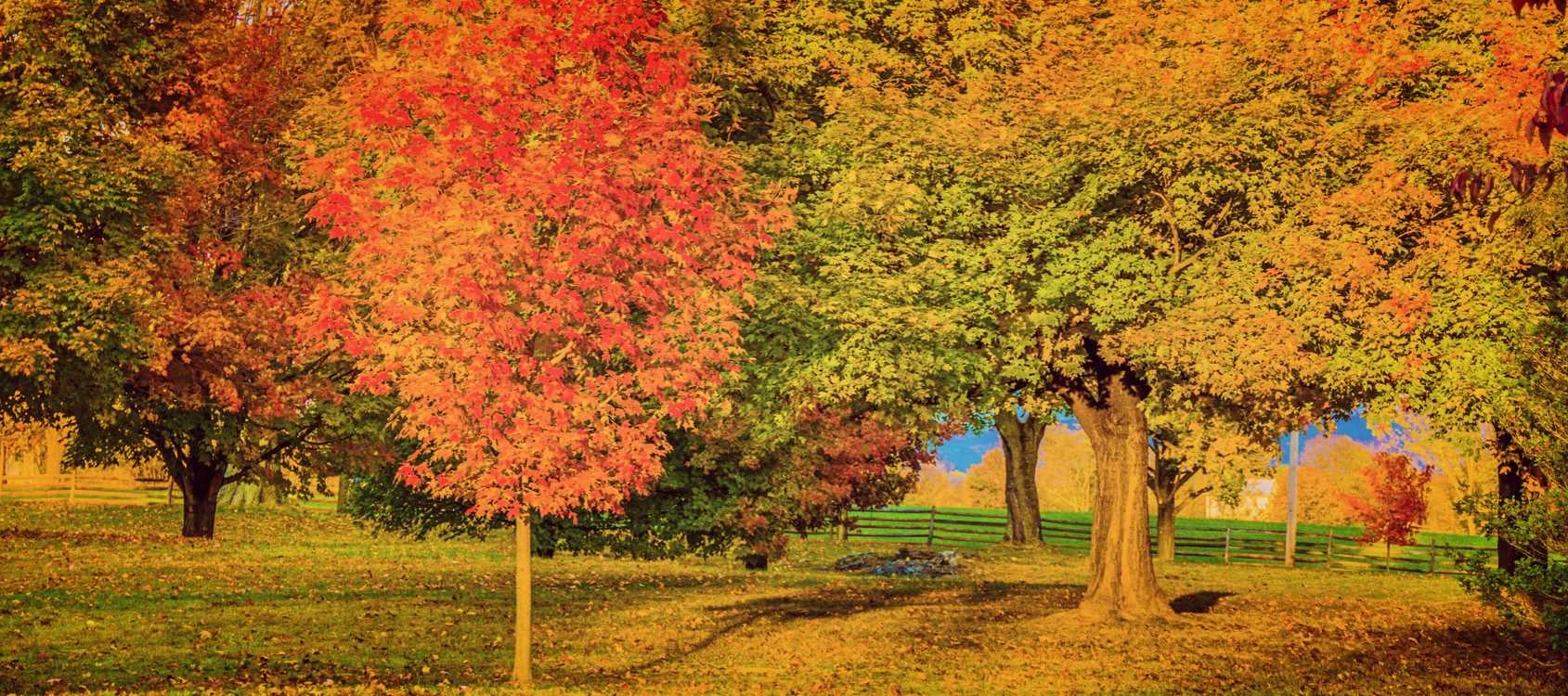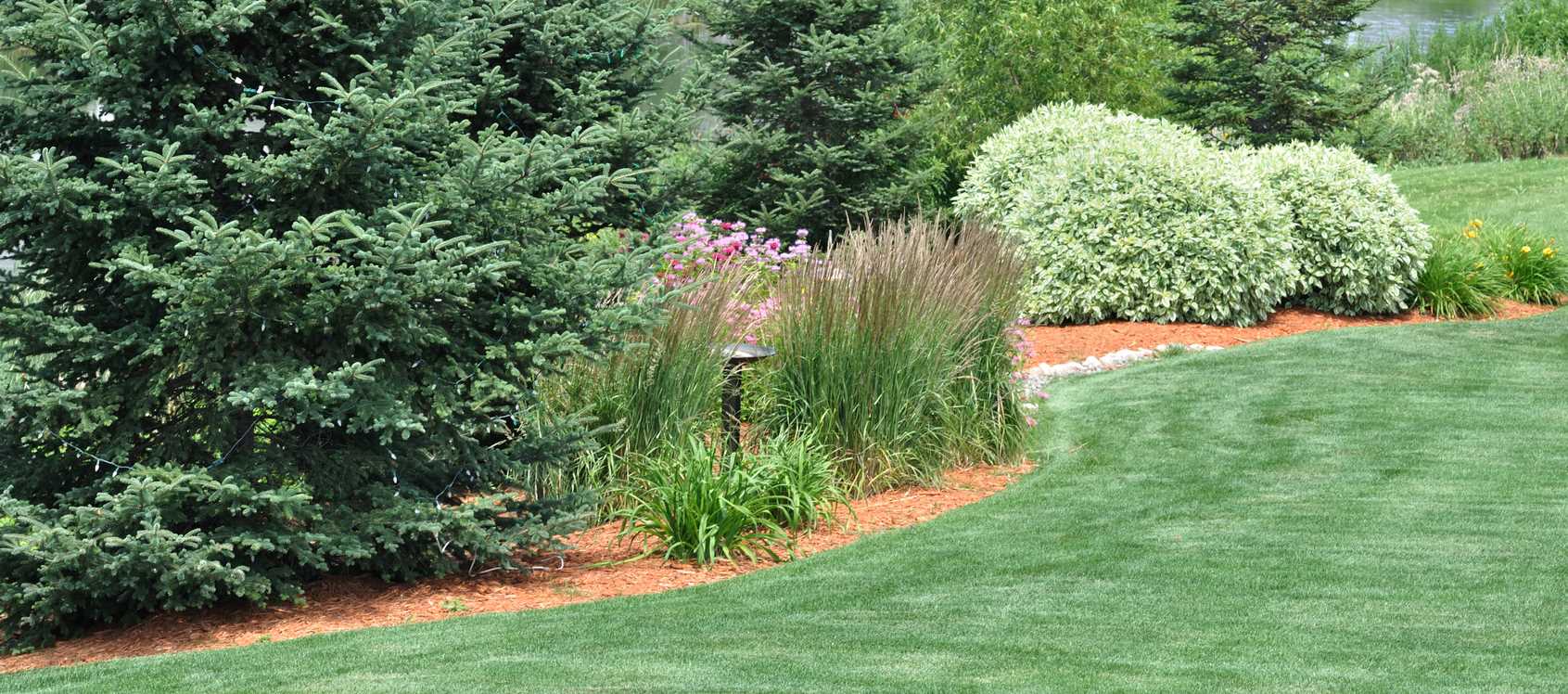Pine bark beetles
Click Here To Download Pine bark beetles
Pine bark beetles
DESCRIPTION
There are numerous species of Ips Engraver and Dendroctonus, Bark Beetles, that infest conifers throughout North America. Adults tunnel through the bark, mate and lay eggs in the phloem (inner bark). The larvae develop in the phloem and cambial region; pupal development is completed in the inner or outer bark. Adults develop from pupae and emerge by boring out through the bark. Multiple generations a year are possible
SYMPTOMS
Symptoms of infestation include: pitch tubes, reddish boring dust, adult exit holes, and yellowing foliage. The beetles commonly attack drought stressed trees. High number of attacks to trees are possible, which can result in extensive vascular injury and ultimately, tree death.
TRE ATMENT
TREE-äge ® Insecticide (containing 4% Emamect in Benzoate ) is the recommended treatment for Bark Beetles including Ips Engraver Beetles, Mountain Pine Beetles, Southern Pine Beetles, Spruce Beetles and Western Pine Beetles. TREE -äge provides 2 years of control for labeled Bark Beetles. The TREE I.V. system is recommended for treating Bark Beetles due to the nature of the host trees.
Dosages are based on the Diameter (in inches) of the tree at Breast Height (DBH”). Resinous Conifers: In resinous conifers, such as pine and spruce, start the injection immediately after drilling into the sapwood. A prolonged delay may reduce uptake on account of resin flow into the opening.
WHEN TO TREAT
Effective injection treatment is favored by a full canopy (i.e., leaves) and a healthy vascular system. Once these tissues are compromised by insect damage (adult and larval galleries) an effective and uniform application of TREE-äge may be difficult to achieve and subsequent control may be poor. Optimally, treatment should be made preventively at least 2 to 3 weeks before Bark Beetles historically infest the host tree.
TREE-äge may also be effective as a remedial treatment against some pests, such as those with slower development or if multiple life stages are susceptible to TREE-äge
WHAT TO EXPECT AFTER TREATMENT
Research studies using TREE-äge (containing 4% Emamectin Benzoate) have demonstrated effective results against conifer bark beetles, depending on the pest species targeted. You can expect TREE-äge to be systemically distributed throughout the tree and provide protection from Bark Beetle pests for up to 2 years.
REFERENCES
1 Effectiveness of Two Systemic Insecticides for Protecting Western Conifers from Mortality Due to Bark Beetle Attack: Don M. Grosman, Christopher J. Fettig, Carl L. Jorgensen, and A. Steven Munson, Western Journal of Applied Forestry 25(4) 2010
2 Efficacy of Systemic Insecticides for Potection of Loblolly Pine Against Southern Pine Beetles (Coleoptera: Cuculionidae: Scolytinae) and Wood Borers (Coleoptera: Cerambycidae) Donald M. Grosman and William W. Upton Journal of Econ. Entomol. 99 (1): 94-101 (2006)







